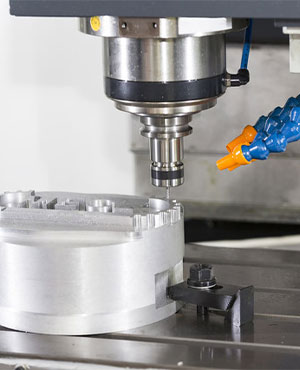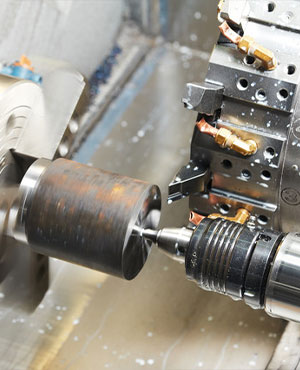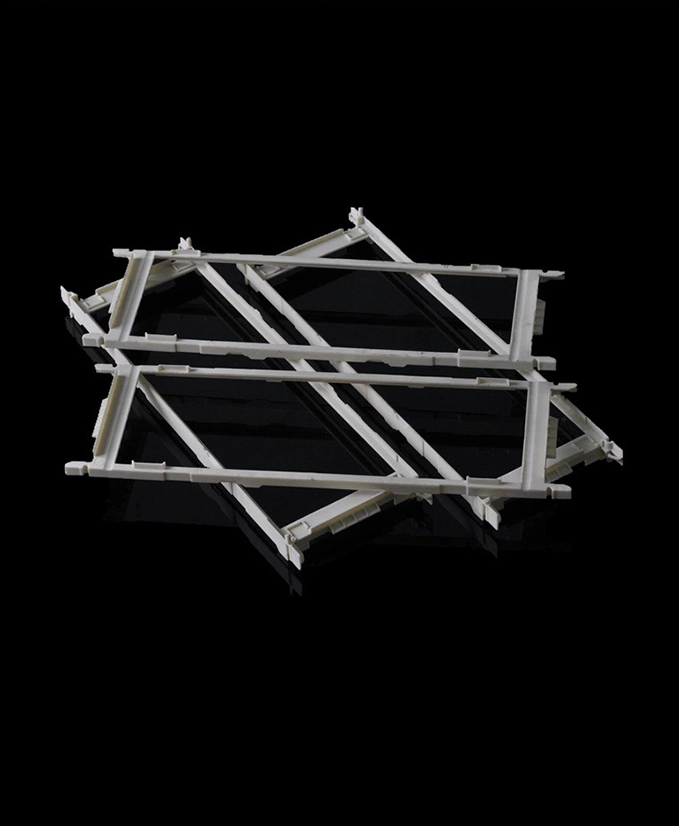We are very fortunate to work with these amazing partners


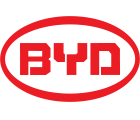
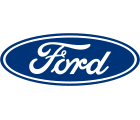
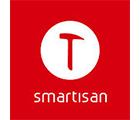
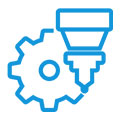
Why Choose Us for Custom CNC Machining?
The Top 3 Reasons:
CNC Machining Materials & Finishes
If you are considering manufacturing your parts with CNC machining, it is important to know what kind of materials and finishes can be applied to your CNC machined parts. Dexin, located in China, is not just a CNC shop; we can also apply all types of finishes to CNC prototype parts and production parts thanks to our surface finishing partners. Need custom CNC parts with a high-quality appearance? Dexin is here to help.
CNC Materials
Plastic: ABS, PC, ABS+PC, PP, PS, POM, PMMA (Acrylic), PAGF30, PCGF30, Teflon, DHPE, HDPE, PPS, PEEK. Learn More about our Plastic Machining
Metal: Aluminum, Steel, Stainless Steel (17-4, Inconel 625 & 718), Magnesium, Titanium, Zinc, Brass, Bronze, Copper. Learn More about our Metal Machining These are the most common materials for CNC prototyping and production parts. Besides that, we can work with any type of machinable plastic and metal we can purchase from the stock market.
What’s more: We are able to create a custom plastic block or bar for the material such as PA GF50, PPS GF50. To discover further plastic materials we can do, please contact our team.
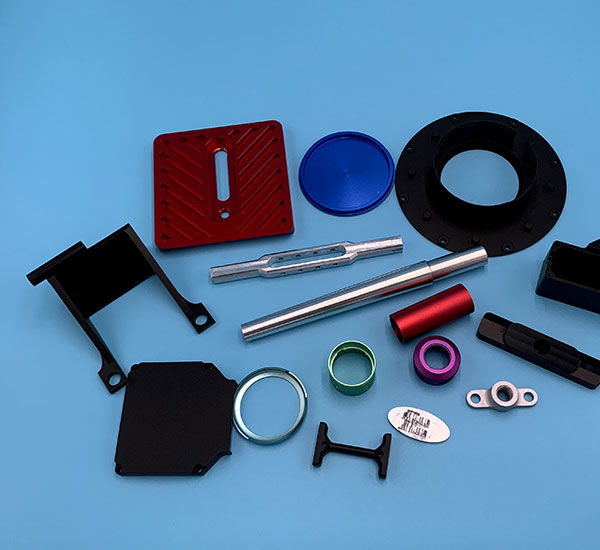
CNC Finishes
As-Machined: The most popular and cost efficient way for inner functional components. Fine and even tool path is also good for aspect parts.
Bead Blasted: The part is left with a matt appearance. Range of 120 to 320 beads allows us to create different roughness to the surface.
Anodized: Type II creates a corrosion-resistant finish. Parts can be anodized in different colors—clear, black, red, and blue are most common—and is usually associated with low silicone element series of aluminum. Type III is thicker and creates a wear-resistant layer in addition to the corrosion resistance seen with Type II.
Powder Coat: This is a process where powdered paint is sprayed onto a part which is then baked in an oven. This creates a strong, wear- and corrosion-resistant layer that is more durable than standard painting methods. A wide variety of colors are available to create the desired aesthetic.
CNC Machining Tolerances
With a wide range of CNC machines, we are able to provide stand tolerance CNC machined parts with the most economic price and super precision machined parts for the high-end products. When working with Dexin, we guarantee all parts will be made accordingly to your specification. If 2D drawings are not available, you can also indicate with ISO 2678 as well.
Precision Machining
Aside from standard tolerance CNC parts such as ISO2678M or ISO2678F, Dexin also offers high-precision CNC machining parts. With high precision milling & turning machines, we are able to catch super tight tolerance for prototype machining & production. After being in the manufacturing industry for over 10 years, we discovered a simple formula to produce precision parts Precision machines + Precision heart = Precision parts. Dexin has a wide range of CNC machines and experienced engineers who never compromise with tolerance or part quality.
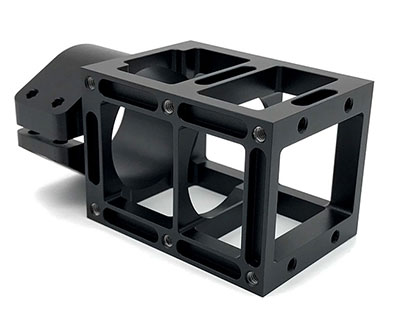
Applications of CNC Machining
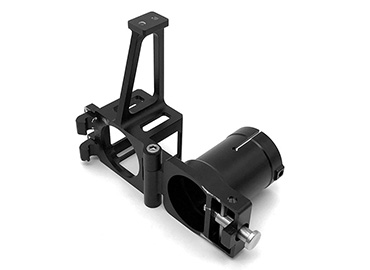
Regardless of the manufacturing process used to create the end-use part, CNC machining is widely used by designers as a means of creating early and late-stage prototypes with short turnarounds times. CNC prototyping allow designers to rapidly iterate ideas without tooling costs or waiting times. It is one of the best ways to create concept model and function prototype to verify the design. Compared with other rapid prototyping methods, rapid CNC machining allows us to get tight tolerance prototypes in real materials fast.
CNC Prototyping is the preferred option to bring new design life among the other rapid prototyping methods, unless the products are designed for 3D printing or other methods only.
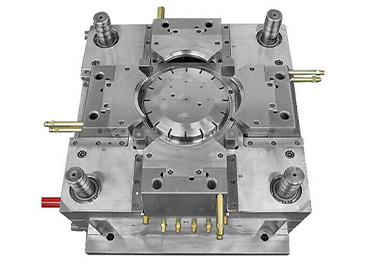
CNC machining and EDM are the main methods to fabricate metal tooling for injection molding, high pressure die casting, blow molding, roller molding, stamping, blending and so on.
High speed CNC machines allow us to make high precision copper patterns, mold cavities, mold base, lifter and other mold components in very short term. Moreover, with 5 axis milling machines, we can mill the deep pocket features in hours which take days to make by EDM in the past. That’s how we can speed up the mold making process significantly. Check out how Rapid tooling works.

CNC machining has for several years been an integral part of aerospace manufacturing. That’s partly down to the extremely high precision of CNC machines, making the process suitable for safety-critical parts that will be used on aircraft.
Machinable aerospace parts include prototype engine components, fuel panels, landing gear components and engine mounts.
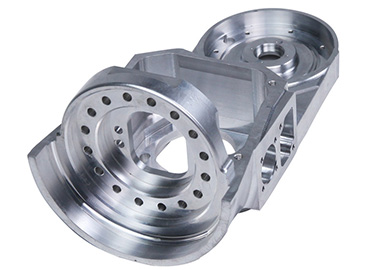
In the automotive industry, CNC machining is the most popular way to create concept cars as well as the function testing components, such as lighting, engine, transmission & steering system. It is also widely used to produce high volume automotive parts and post-machining the die casting parts, investment casting parts.
It is especially useful for custom automotive parts, which may be required for repairs or for limited-edition luxury vehicles, since it is too costly to make few parts by molding process.
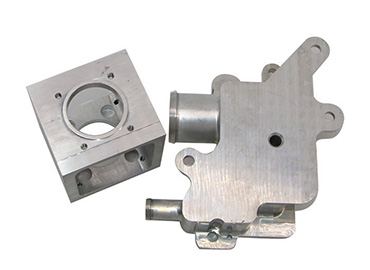
The machinability of many grades of titanium and stainless steel makes CNC machining a widely used process in healthcare, with the process regularly used to create implants, medical devices and surgical tools such as scalpels.
Tight tolerances and fast turnarounds are especially important for items such as titanium hip implants, which should be tailored to a patient’s anatomy.
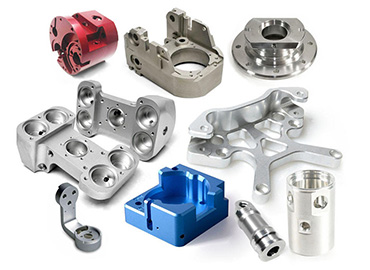
Though injection molding dominates the production of simple plastic parts, many off-the-shelf goods are created with CNC machining. Household goods and appliances often contain machined parts, while items like enclosures and fixtures are also suitable for the process. Goods like sporting equipment may also be CNC machined. The CNC machining of metal and plastic components plays a big role in the electronics industry. Items such as laptop casings, connectors and sockets can all be reliably made with a CNC machine.
Typical CNC Machnining Parts That We Offer
We machine custom parts for customers in multiple plastic and metal materials, from rapid prototypes,
low-volume production to mass production orders.
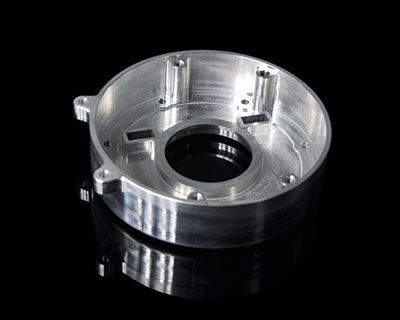
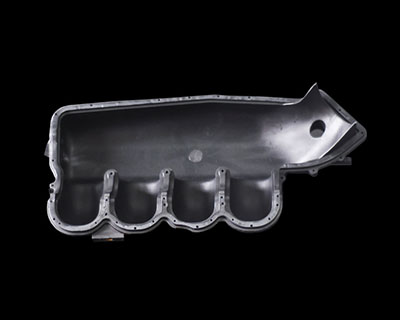
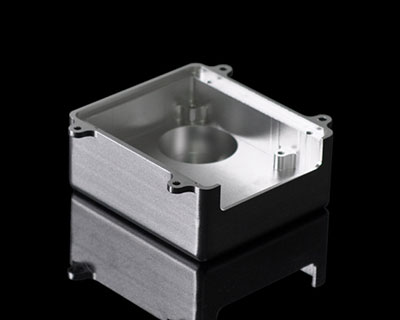
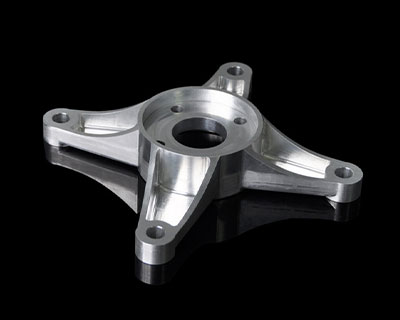
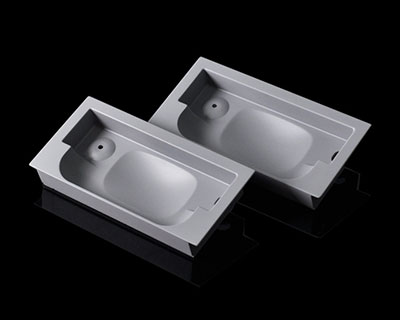
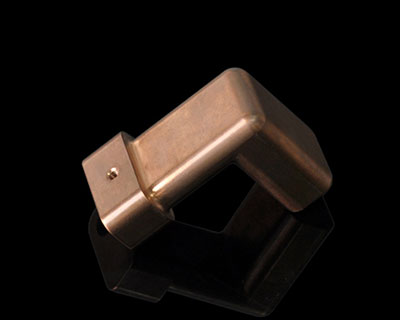
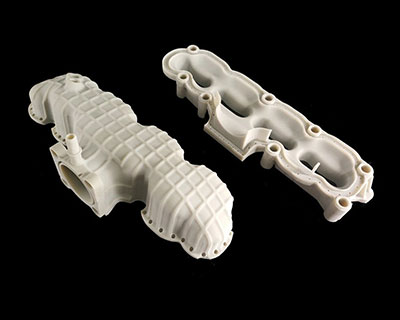
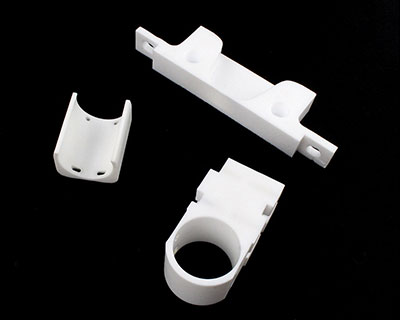
Overview: What’s CNC Machining?
What is CNC machining?
CNC machining is a manufacturing technique for removing material. It uses sharp cutting tools, available in a variety of shapes and sizes, which are precisely controlled by a computer. CNC stands for Computer Numerical Control.
How CNC machining works
CNC machining starts with a computer, on which designers prepare a part using CAD (Computer-aided Design) software. This digital part is then converted into a format that can be recognized by a CNC machine.
Instructions are sent to the CNC machine in the form of “G-Code” after which the machine can start cutting.
Most CNC machines have a “worktable” and work holding device to keep a block of material — known as the “workpiece” — in place. The worktable may or may not move, depending on the style of the machine.
When machining starts, the cutting tool makes contact with the workpiece, cutting away layers of material. The tool and/or workpiece is moved and/or rapidly rotated according to the G-Code instructions so that cuts are made in exactly the right places until the part is finished.
Different types of CNC machine
CNC machines include CNC mills, CNC turning machines (or lathes), CNC routers, and Electrical Discharge Machining (EDM) machines.
CNC mills have rotating cutting tools that are moved to different areas of the workpiece to make cuts and can be used to make many different pats. CNC lathes work the other way, rotating the workpiece against a stationary cutting tool, and are used to make cylindrical parts.
CNC routers are similar to CNC mills, but have less power and cannot cut the hardest materials. They can, however, be faster than CNC mills.
EDM uses electrical discharges (sparks) instead of a sharp cutting tool to cut material. No physical contact is made between the tool and the workpiece.
CNC machines are often defined by their number of axes. More axes mean they can move their tool and/or workpiece in a greater number of ways, giving greater cutting flexibility and the ability to make more complex parts in a shorter time.

